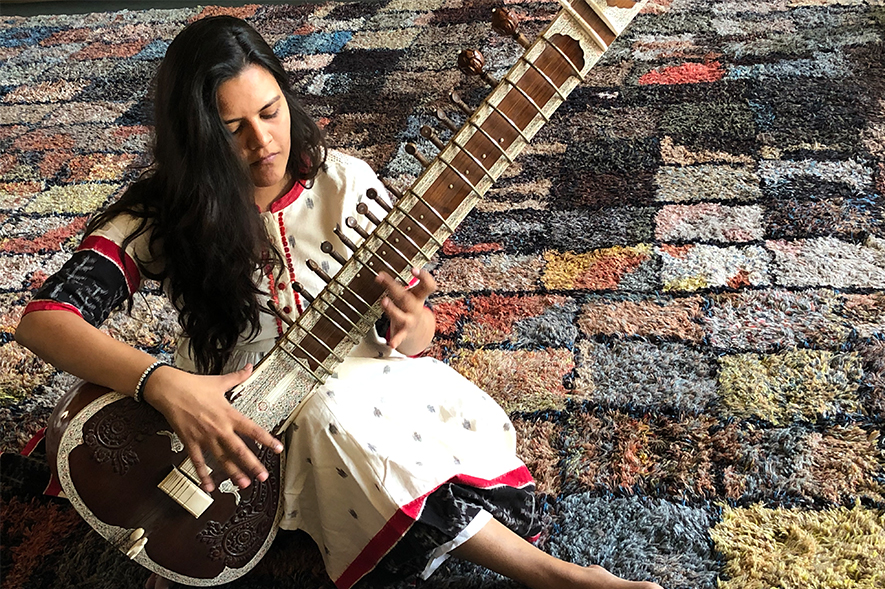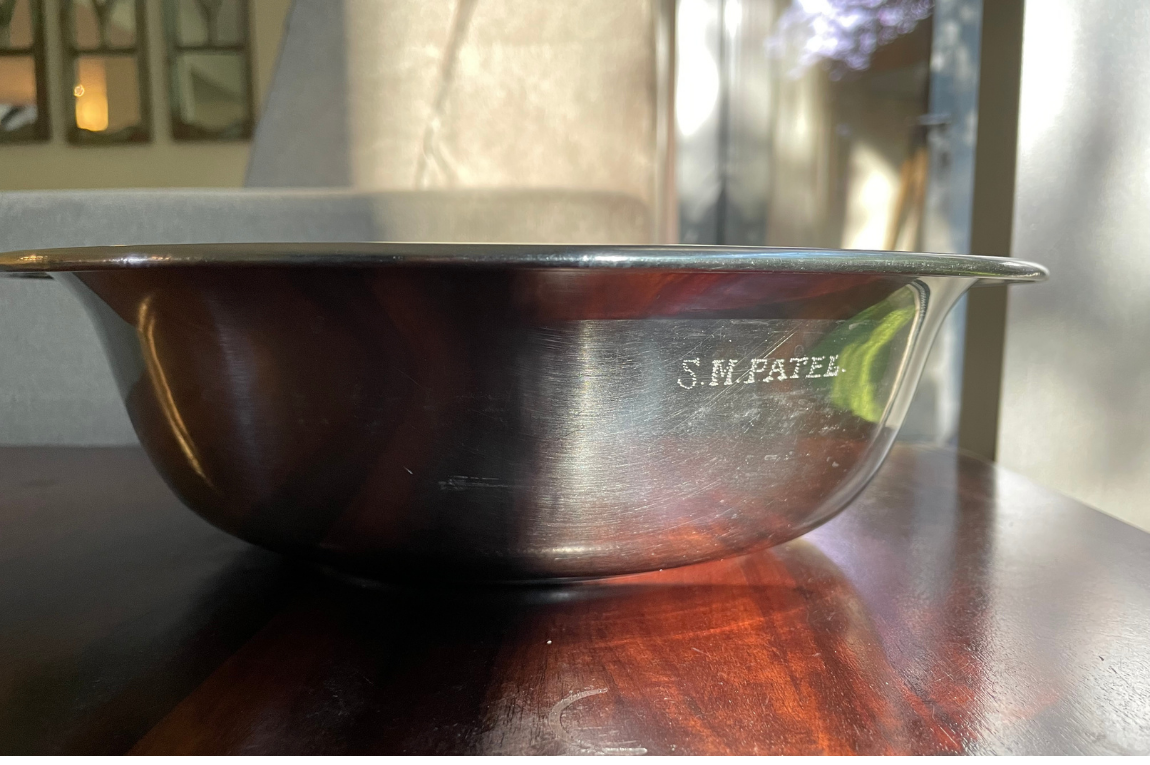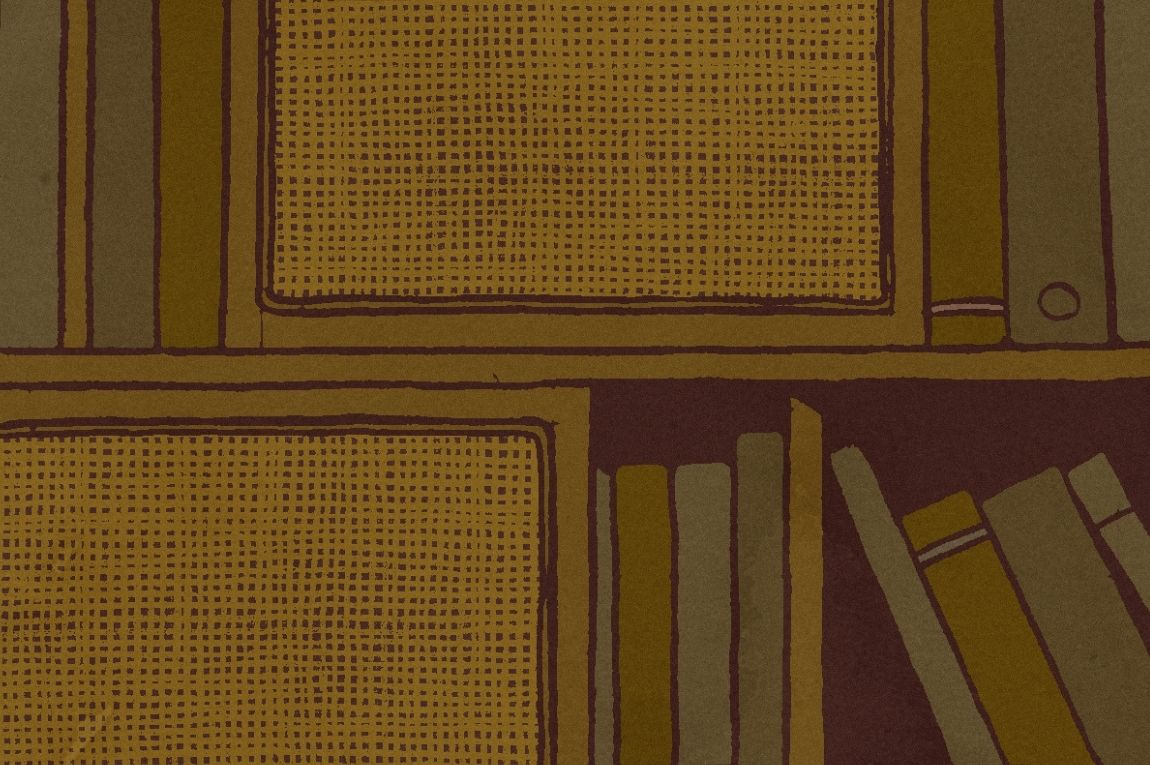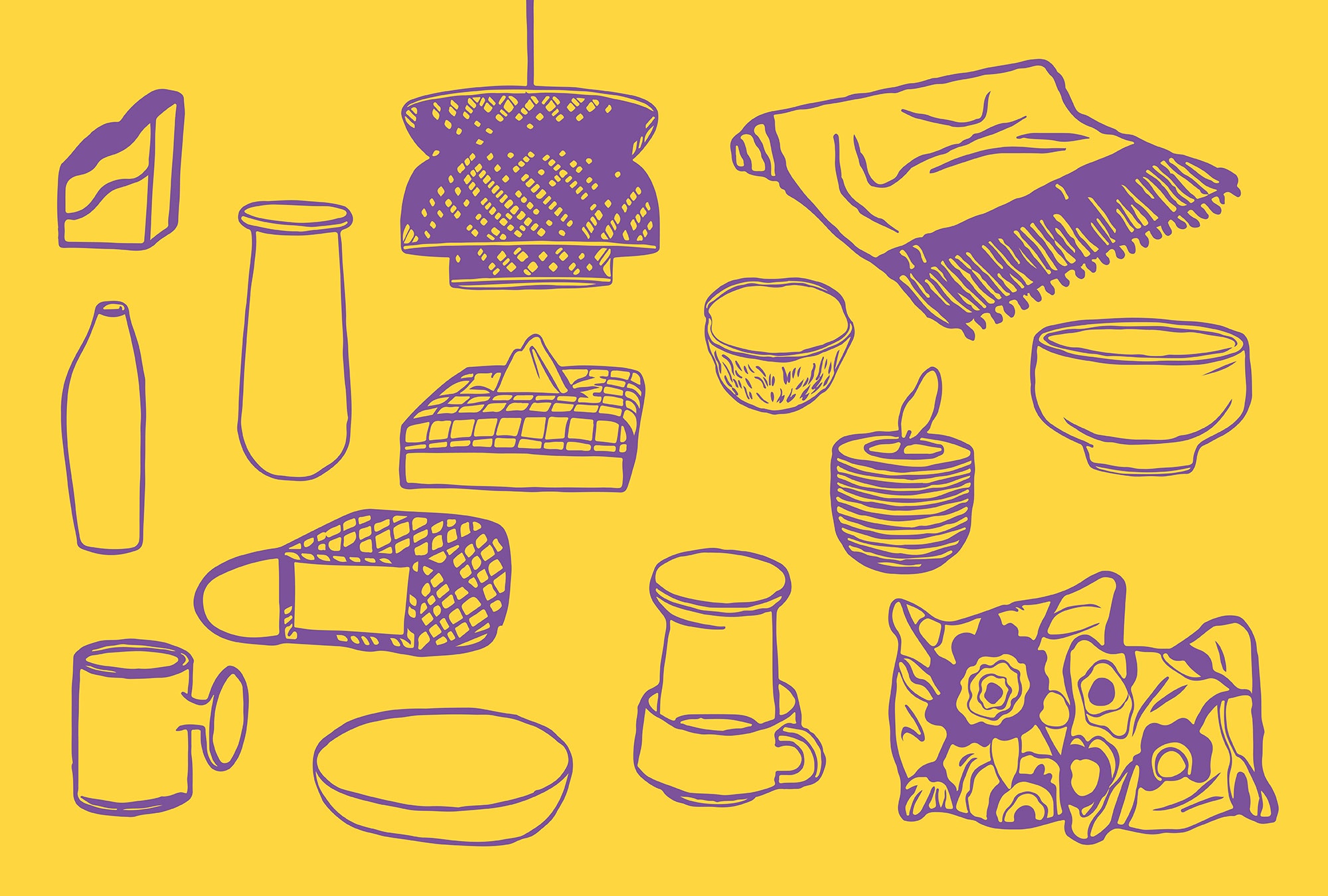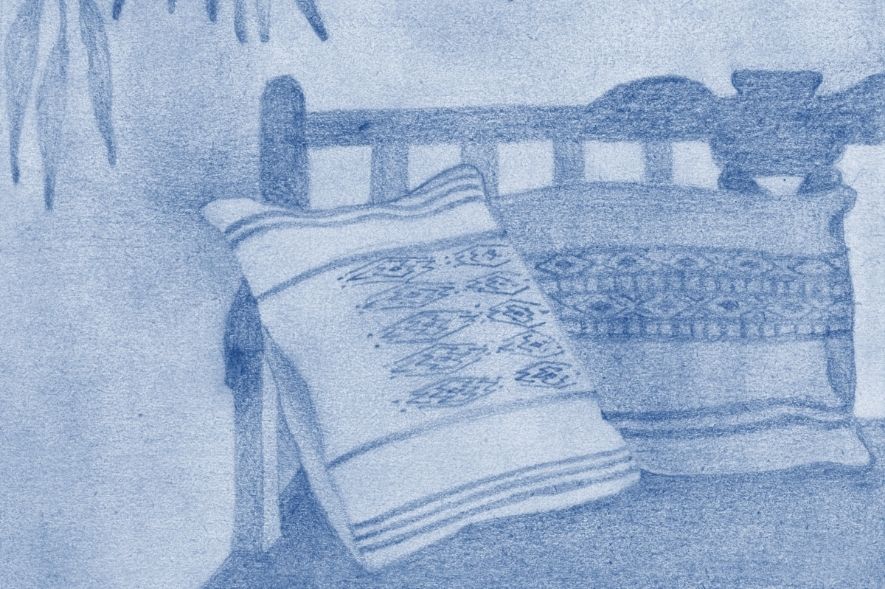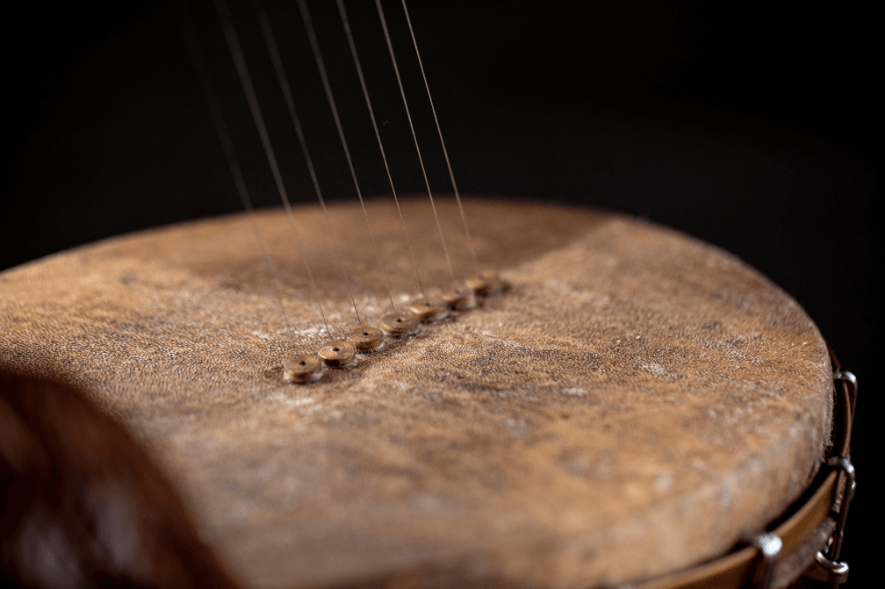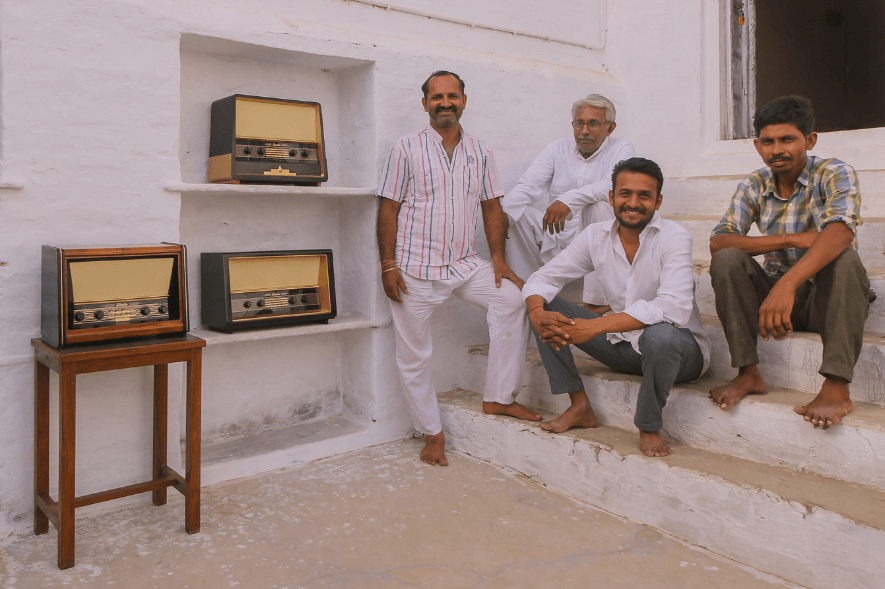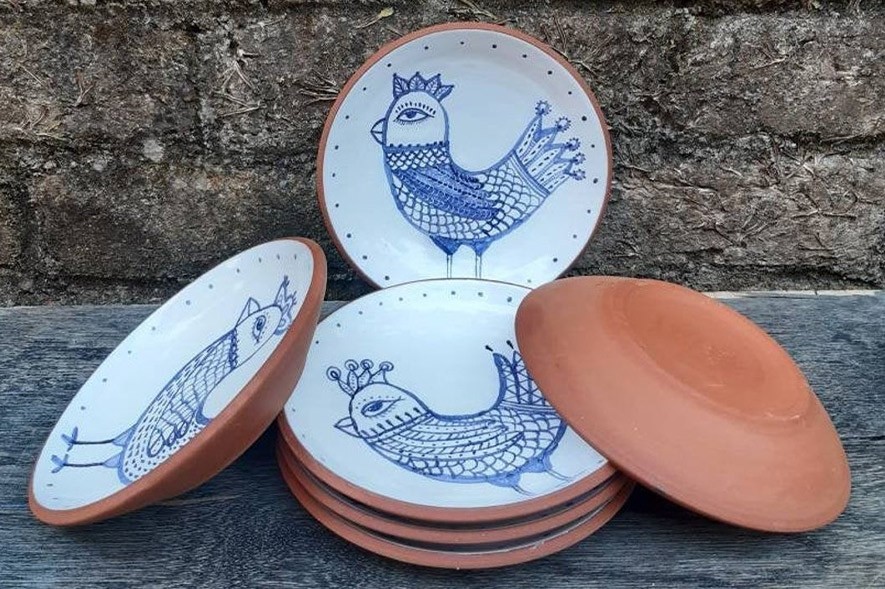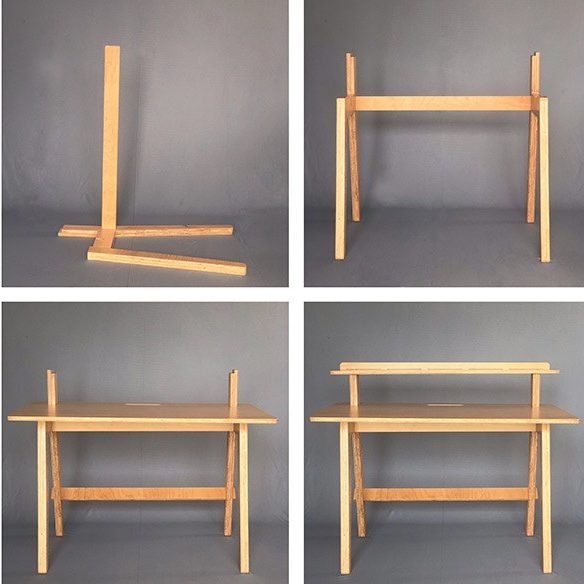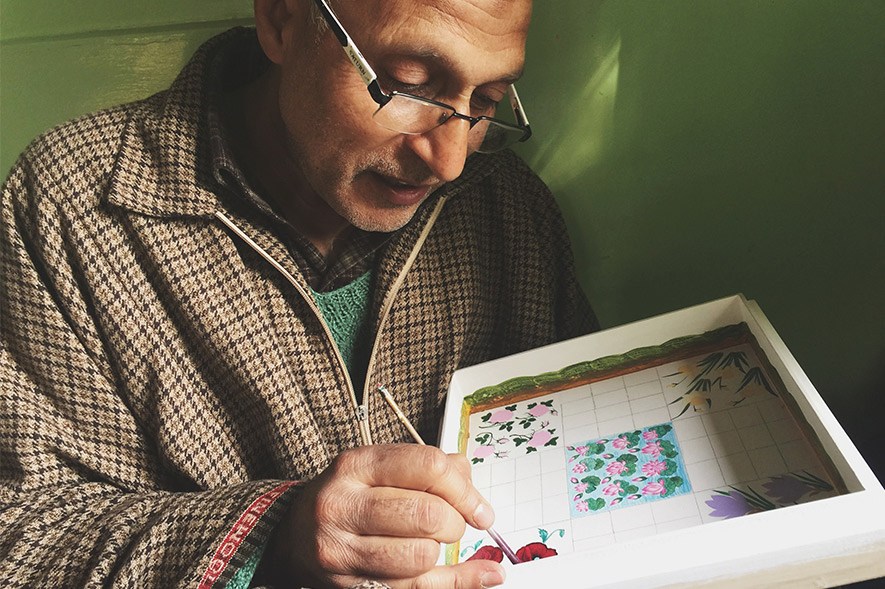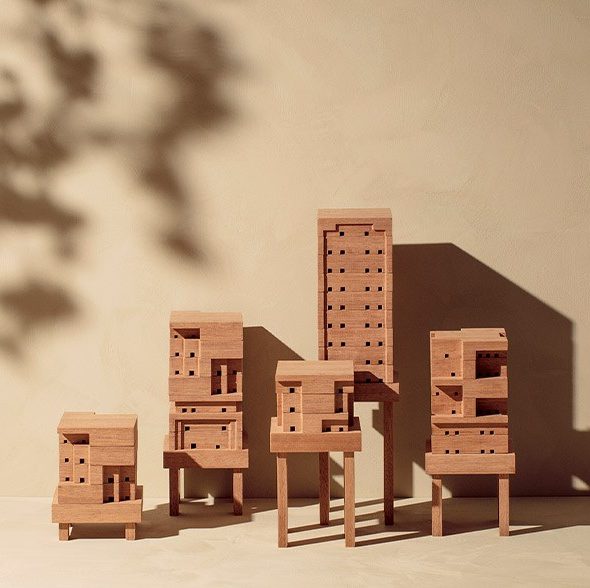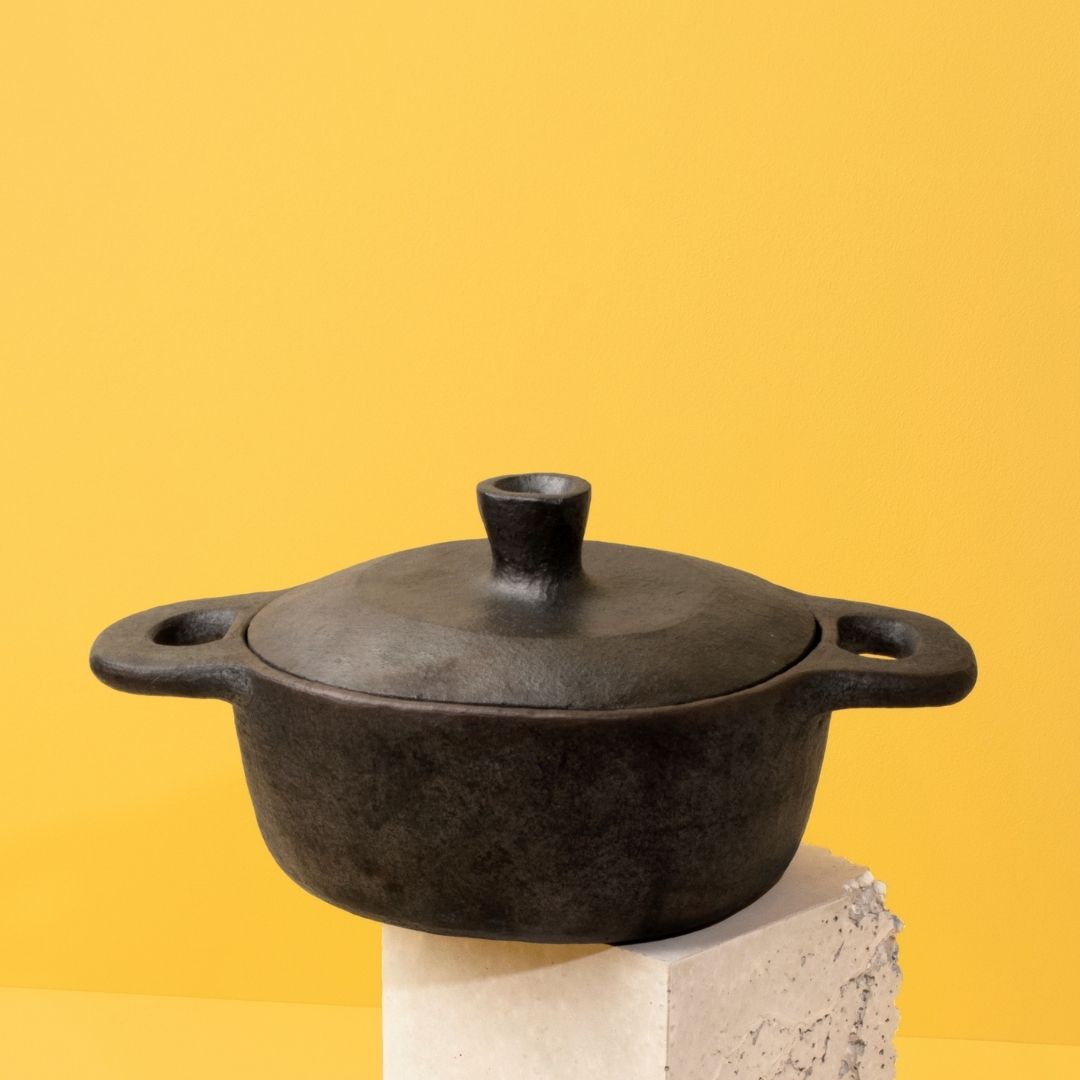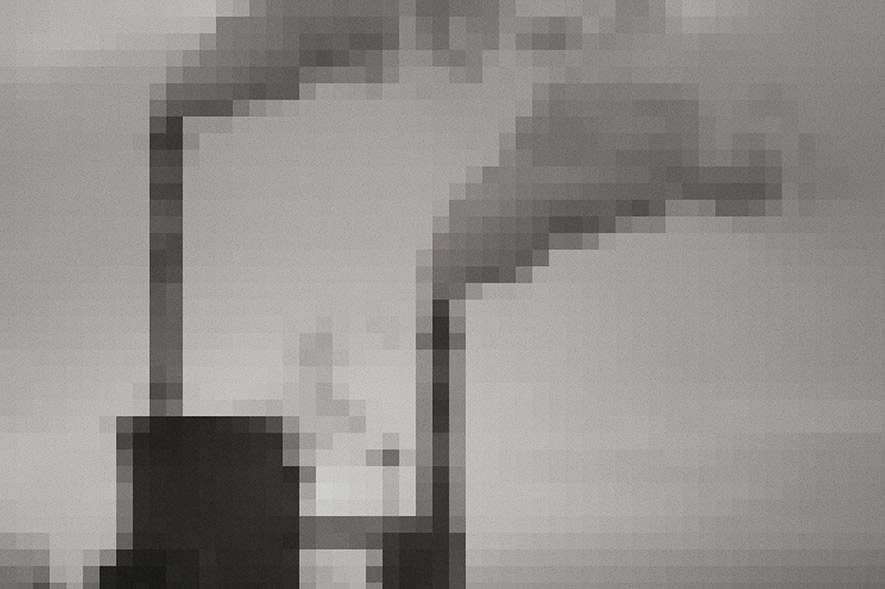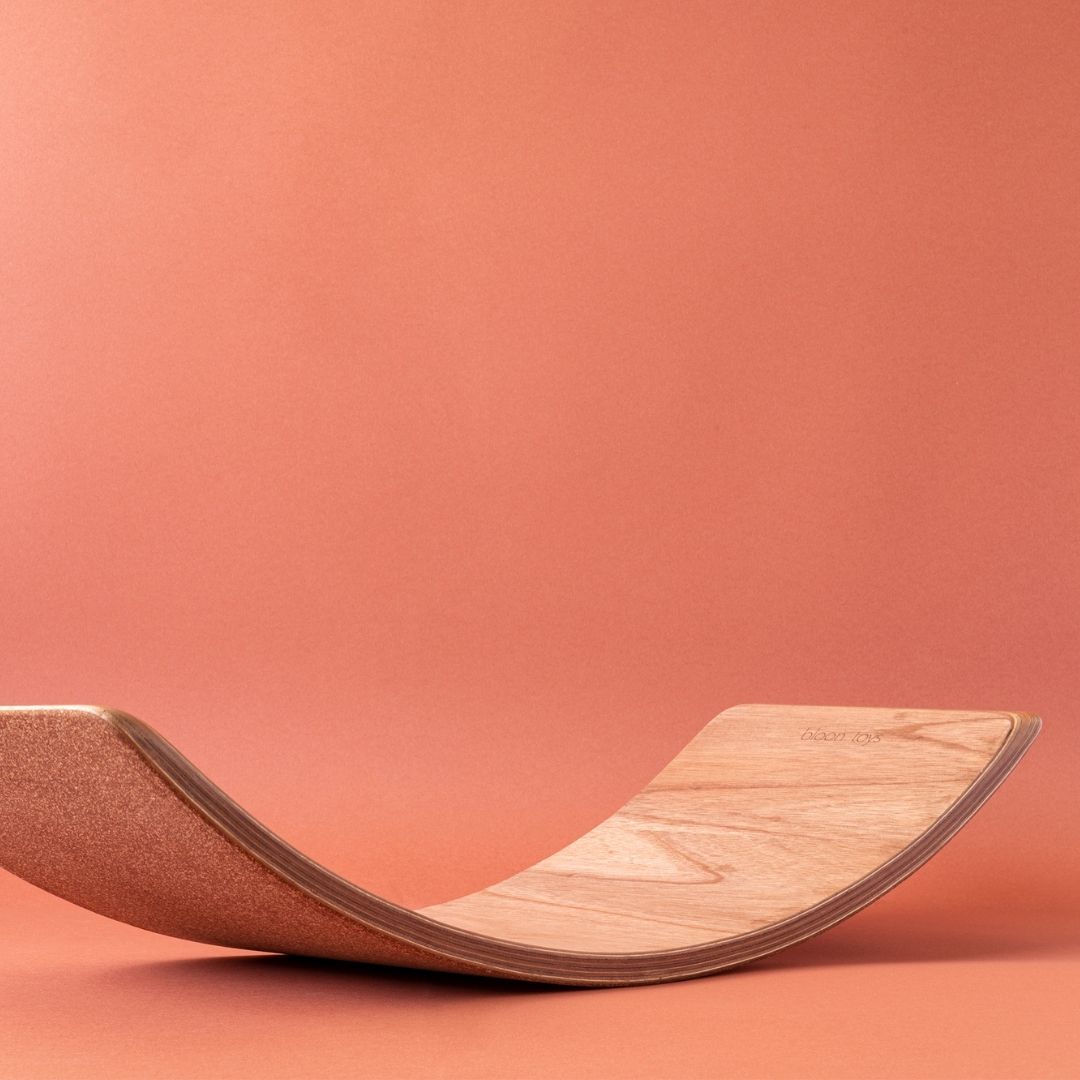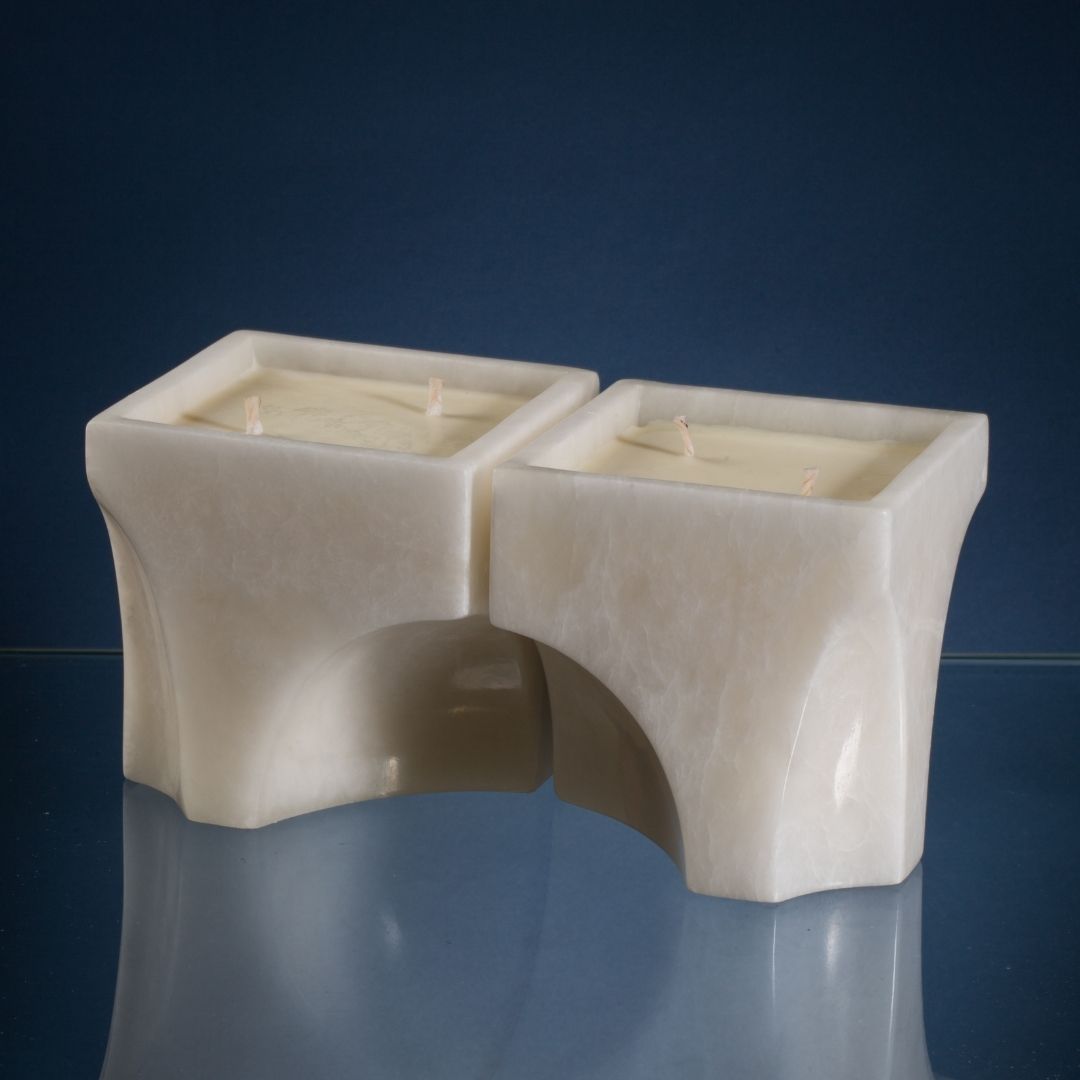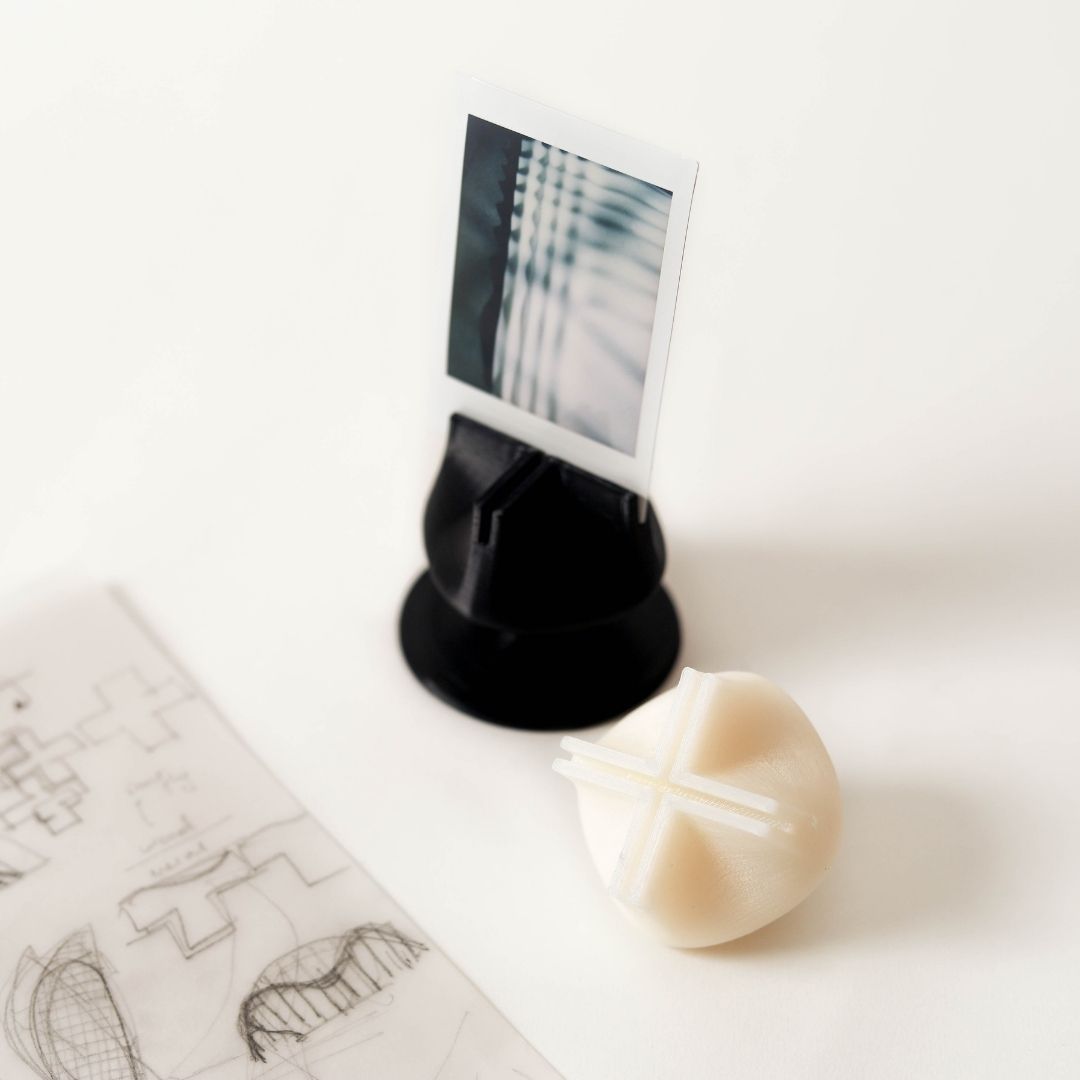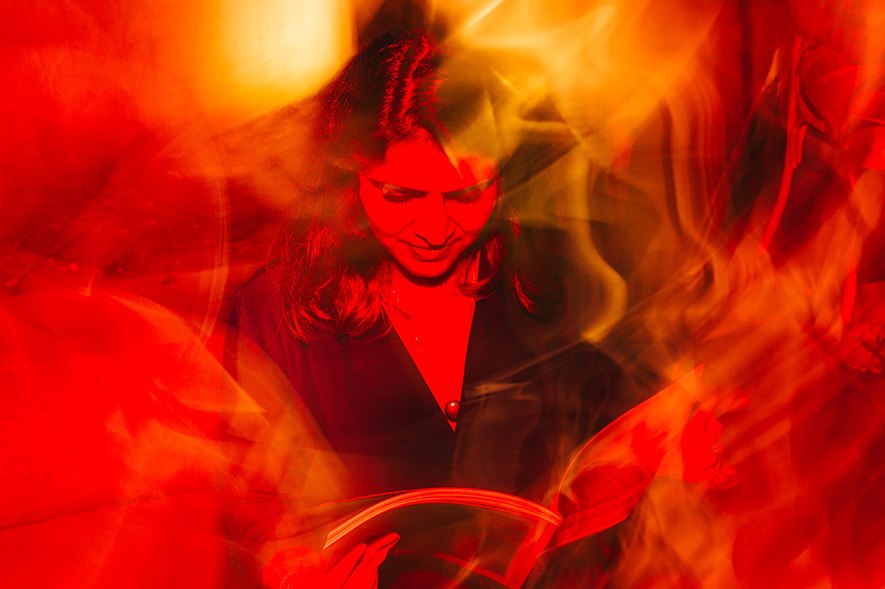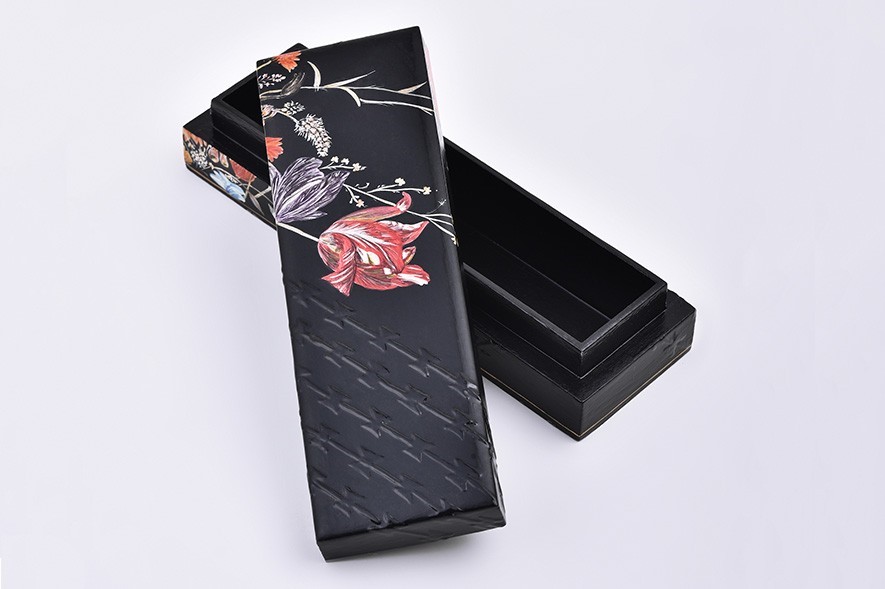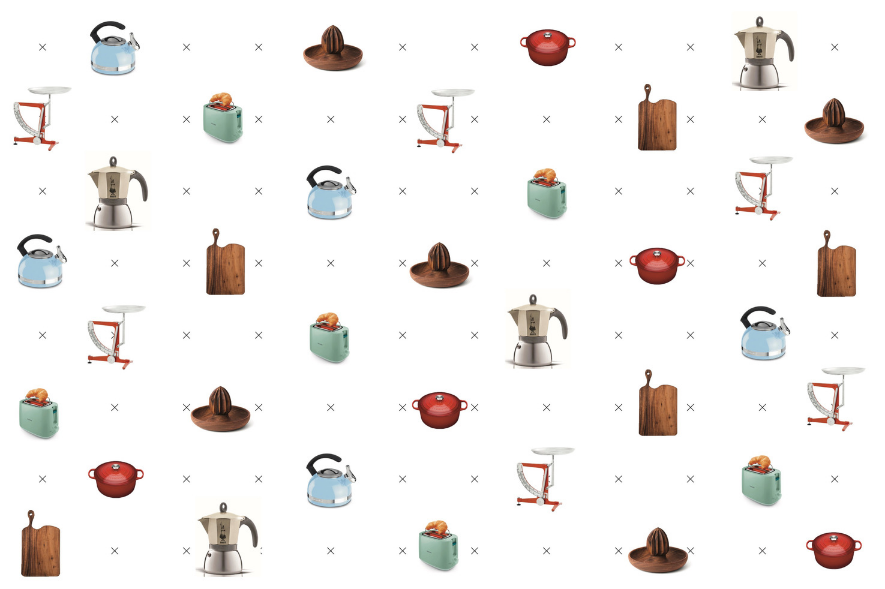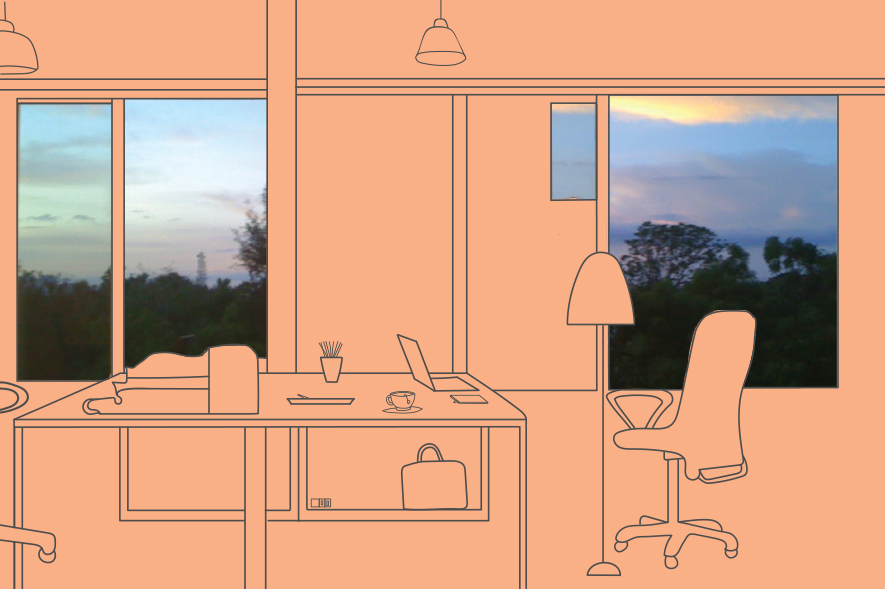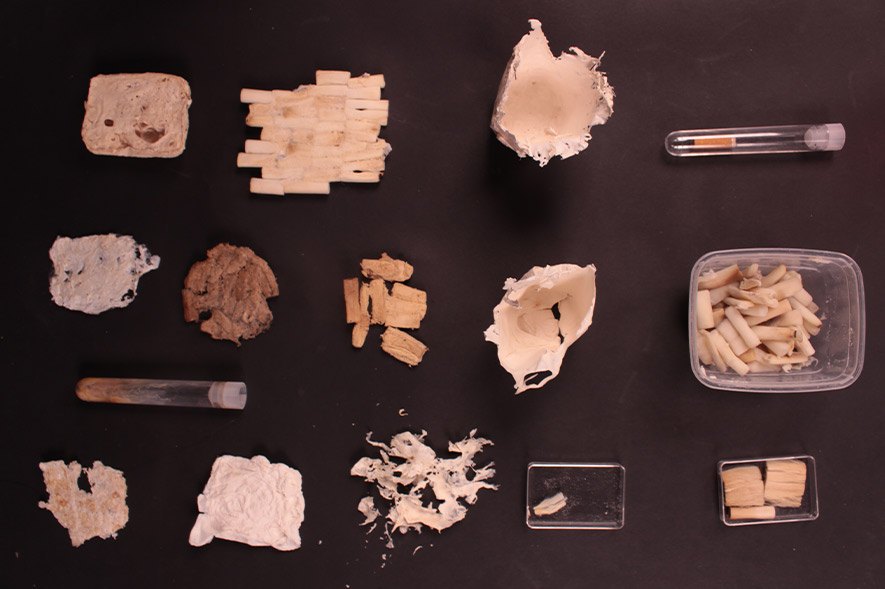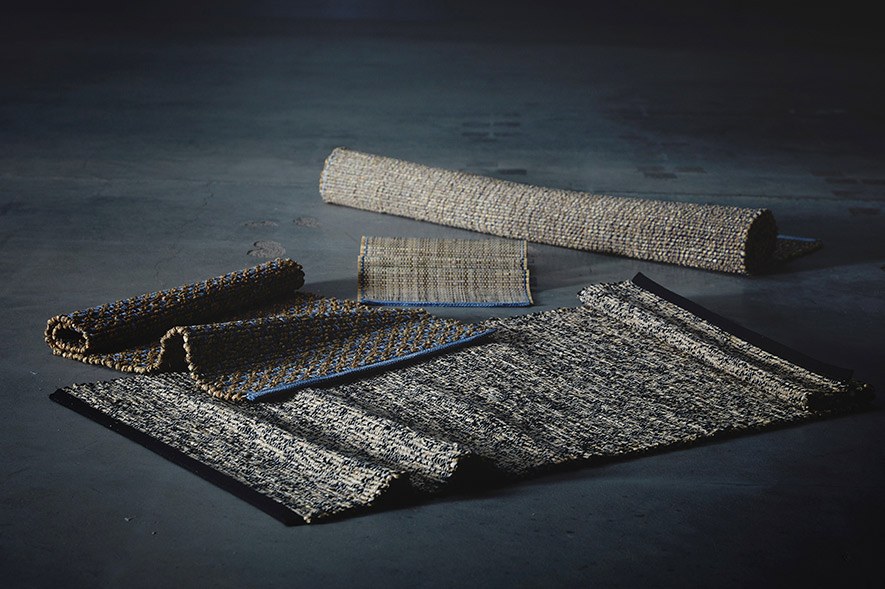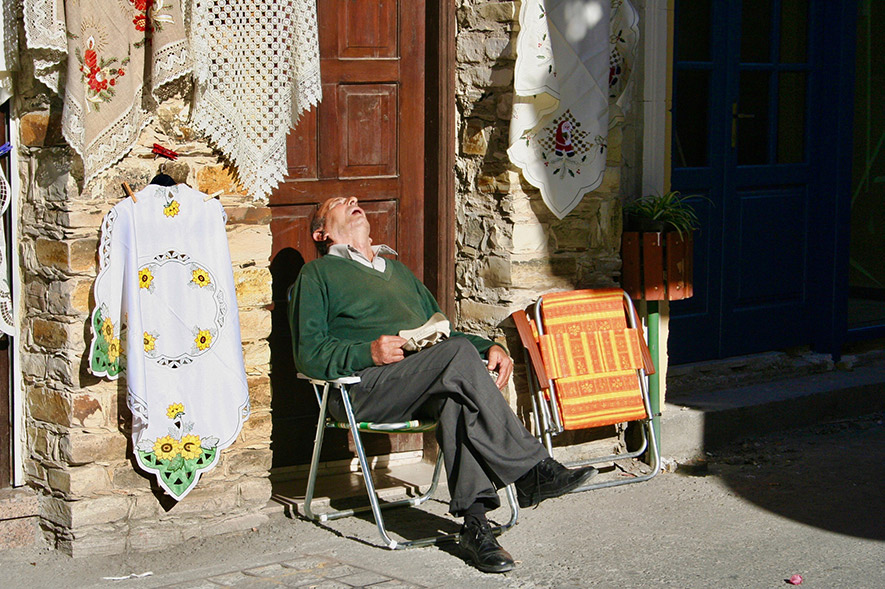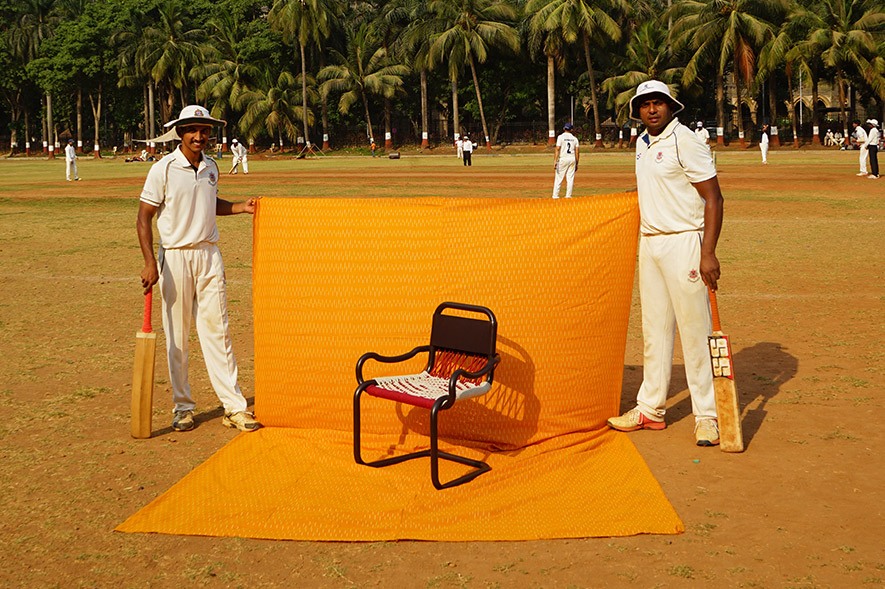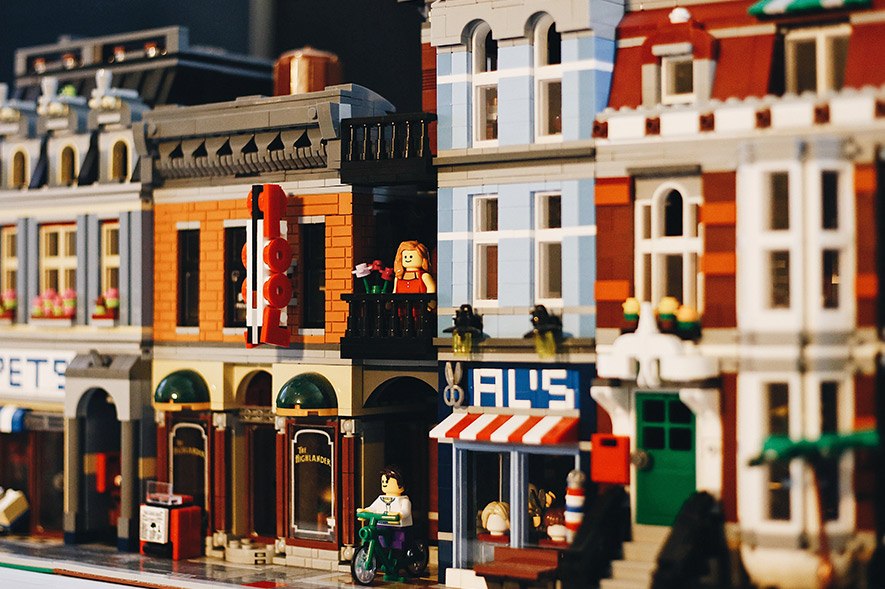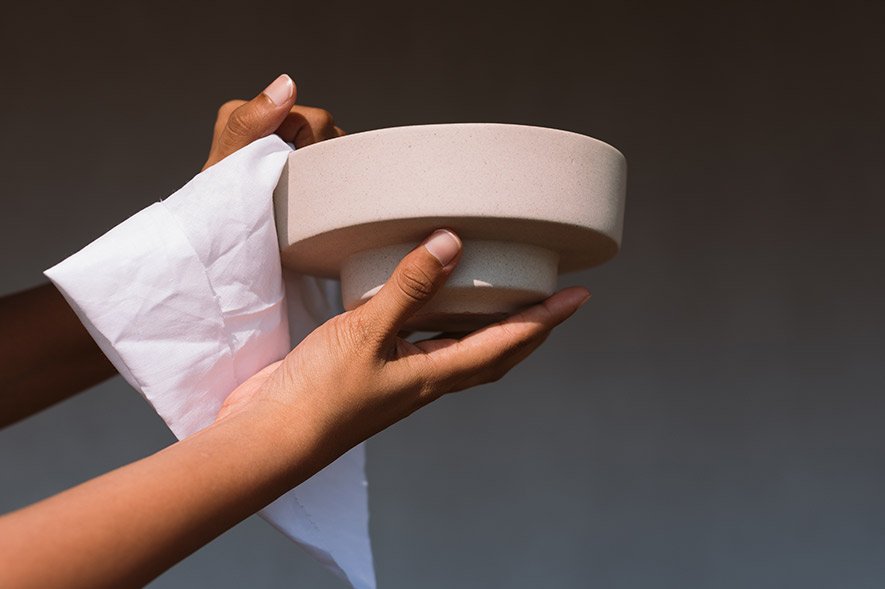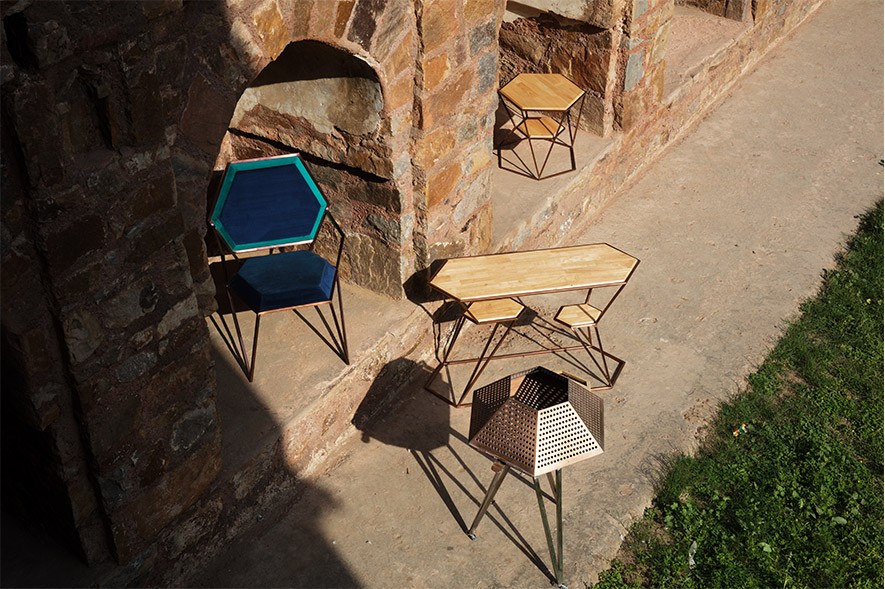In our series, Job Perks, creators share little learnings, fun habits and other endearing peculiarities from their daily lives on the job.
Product designer Priyanka Shah is the founder of Shed, a design studio based in Surat, Gujarat. She studied architecture at Parsons School of Design in New York. Many of her products — bowls, note stackers, placemats — are made out of wood. Here, she explains how learning the sitar helps understand different facets of the same material she works with everyday.
My family and I live in a farmhouse in Surat, with cows and greens all around. My workshop, in fact, is situated right next to our cowshed. It’s no surprise then that a lot of my work is with wood — the material seemed like a no-brainer for me to work with because it just fits into the ecosystem naturally.
Three years ago, I began playing the sitar. I really missed music in my life, and Surat really isn’t a place known for its music scene (it’s virtually non-existent). It’s actually quite barren on the culture ground because it’s an industrial town with factories all around. I was lucky enough to find a tutor for sitar-playing who is trained in the Hindustani style and whose family consists of classical musicians that go back three generations.
It definitely helped that the sitar was such a beautiful object, even just to look at. I remember being mesmerised with the construction of it — it’s made from wood, dried gourd or pumpkin, and brass, with metal strings — so it’s largely natural too!
At this point, it was also about cultivating another skill from scratch. The sitar is a relatively difficult instrument, and it was humbling to get back to basics — stumbling along the way, but determined to hold on to the music.
It’s been interesting for me because I’ve been handling wood in a completely different way than I would in my wood shop, obviously. I have to be super careful with the sitar — every tiny movement lends a consequence in the sound; it is a very subtle activity. The wood shop sees a much more physical handling of the wood and bigger gestures lead to more tangible effects. I think I feel closer to wood as a material after I started playing the sitar!
Another reason I picked the sitar and not another musical instrument is because it had to be analogue. The sitar has about 24-odd strings, and it produces a very wholesome sound. You use only one main string to play — when that vibrates, all the smaller, thinner strings vibrate — and still, the sound is so full. I know that music is a big part of my creative thinking. Although I can’t put my finger on what exactly I get from playing the sitar, or how it directly applies to my design, I know it all comes together somewhere in my head or in the consciousness.
Priyanka Shah was speaking to Fabiola Monteiro. This is an edited transcript of that telephonic conversation. For products made by Shed, go here.
Tell us what you think? Drop us a line.
